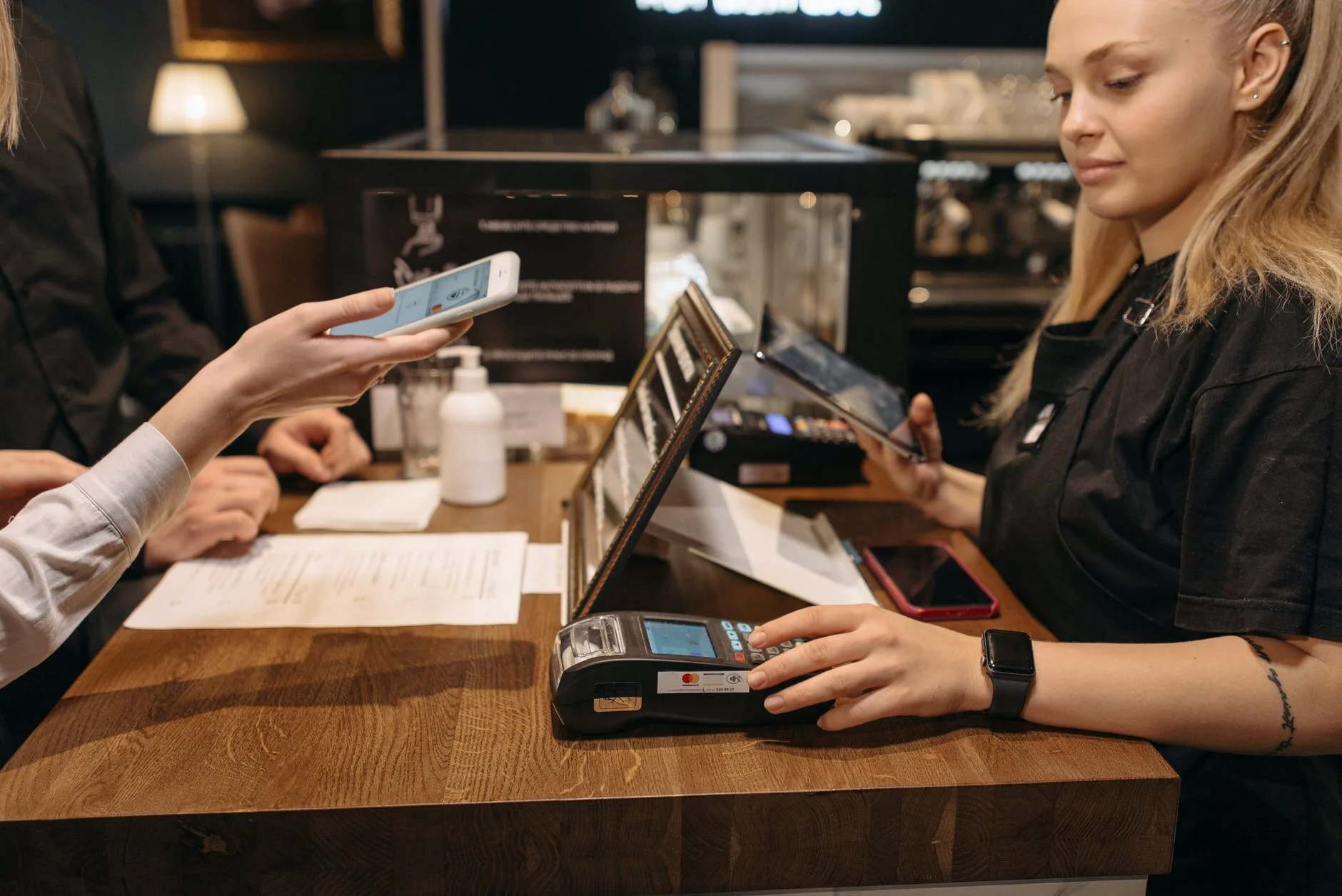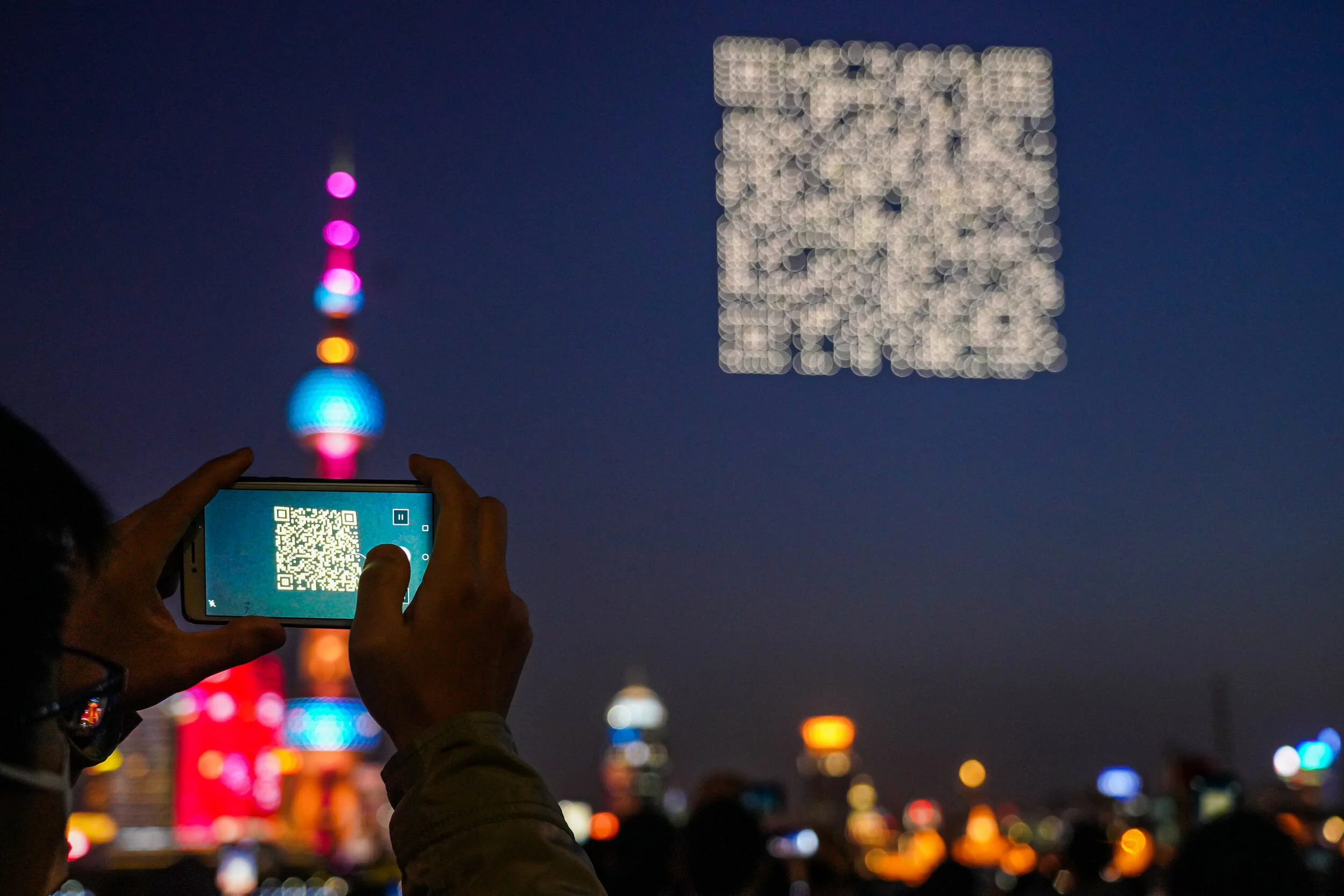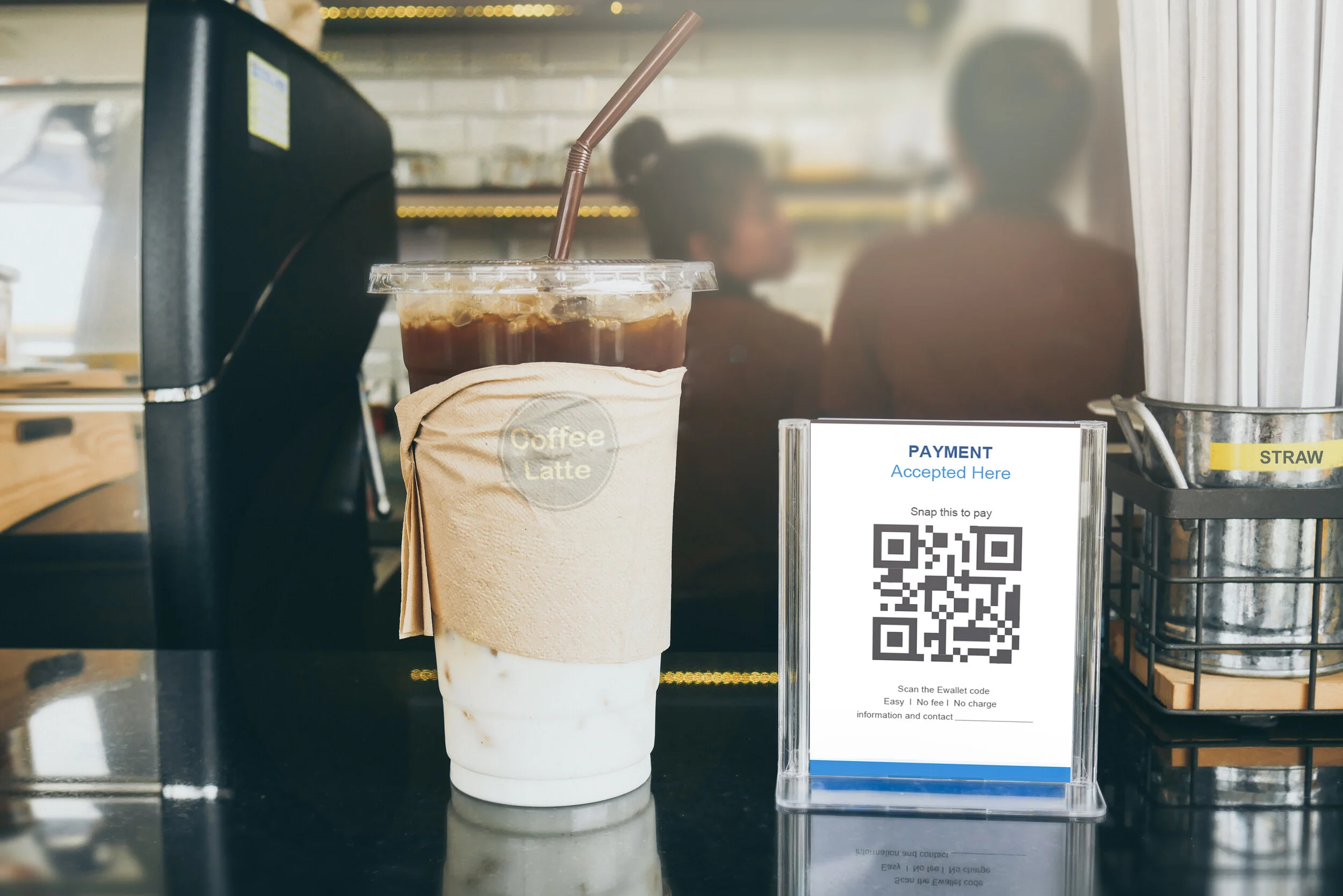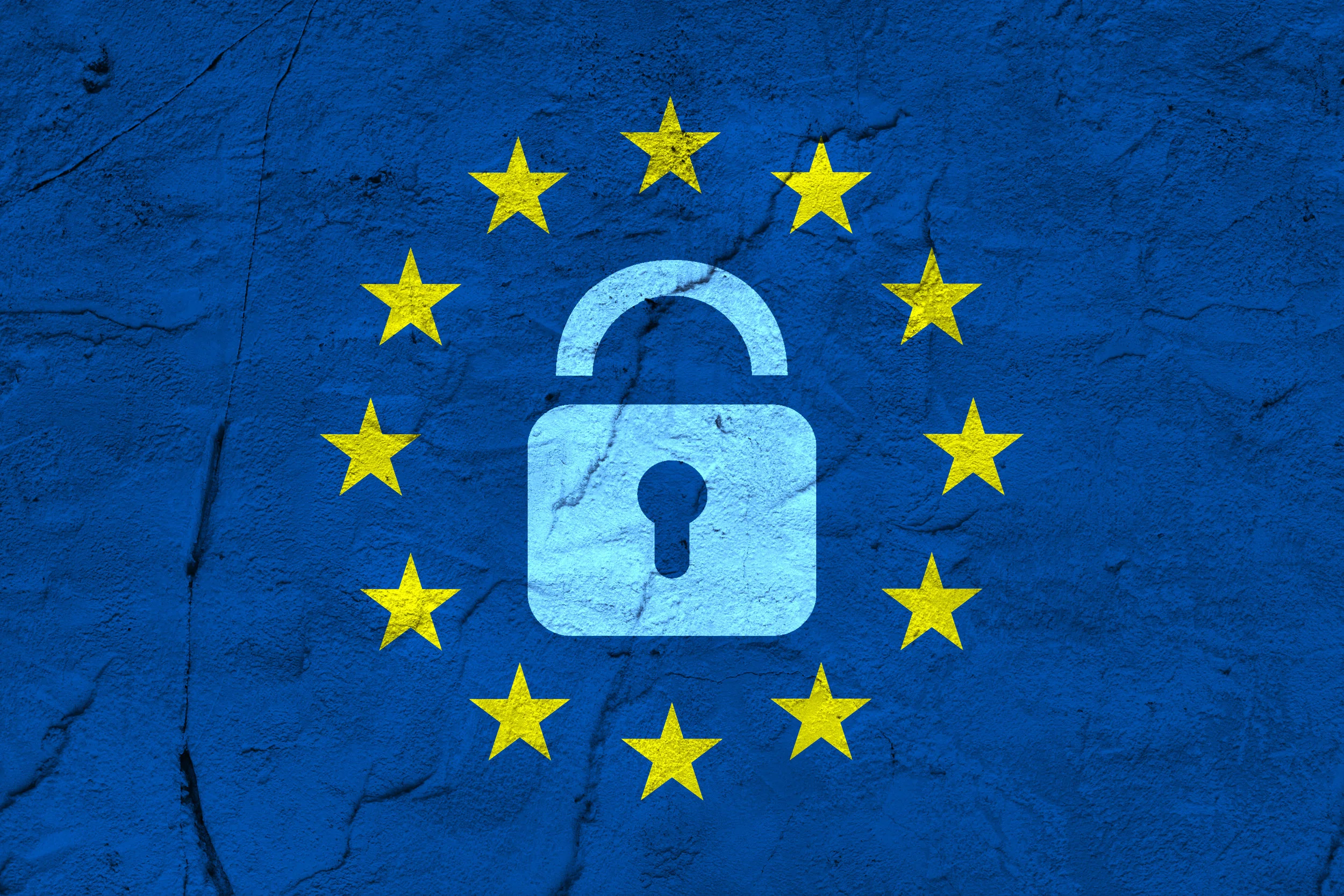In retail stores across the world, the sight of contactless payments by phone or by card has become commonplace. But more than 30 per cent of the world’s population are now considered digital shoppers and the online retail market was worth a staggering $768bn in the USA alone last year – and it’s a market that is expected to double in size by 2025.
The narrowing gap between payment and identity
QR codes, payments and the eyes of the regulators
Around the world the number of people using QR code technology is rising exponentially. A rise initially triggered by the global pandemic has continued unabated. In America alone, the first year of the pandemic saw a 25 per cent rise in QR code usage to more than 65m users. That became 75m last year, will be 83m this year, and be touching 100m by 2025.
Cash(less) is King
The average amount being withdrawn from a cash machine per visit had climbed to £80. However, closer reading of the article also showed that the number of visits per month had declined by 40 per cent and the total being withdrawn had fallen by a staggering £100m per day compared to pre-pandemic levels in 2019.
Pandemic accelerates the cashless lifestyle
The secure route to QR code payments
It’s an unwritten rule of a successful technology – someone, somewhere, will try to corrupt it for their own purposes. QR code technology is closing in on 30 years of usage, but the Covid-19 pandemic has turned the technology from niche markets to mainstream consumer use and that inevitably attracts interest from the fraudsters.
QR versatility puts spotlight on SMS shortcomings
Instant Payments, Strong Authentication, and the future of retail in the new normal
The European Union’s PSD2 regulations first came into force more than three years ago – January 2018 to be precise. However, some aspects of the regulations have proven harder to bring into play than others. Just this month for example, the EBA published an opinion and set deadlines on the need to remove obstacles that are preventing compliance with secure account access regulations for some payment providers.
Quite Right – it turned out 2020 was quite a year for QR codes
Cashless, contactless, in-person or remote – QR codes find their time.
Emerging from lockdown = how to do business safely with Onescan
All across the world, businesses that rely on getting people through the door – be it restaurants, theatres, art galleries, or hotels – have been keeping their doors closed during lockdown. And while retail outlets could try to keep the revenue flowing by pushing their online sales even harder, for others that option either did not exist or could not be expected to get even close to bridging the gap.
Keeping your contactless distance
Social distancing – it’s phrase that few of us would have used little more than one month ago, but one which has now entered the social lexicon in different countries and different languages all around the world. But as well as changing language and behaviour, the Covid-19 Coronavirus crisis has also changed business and the way we trade.
Will 2020 be the year of the QR Code in European payments?
What’s really going on in payments? Will 2020 be the year of the QR Code in European payments? There’s host of factors lining up to force change on the online payments market in Europe and beyond. Tony Craddock, the Director General of the Emerging Payments Association has looked at the changes 2020 will bring, touching on PSD2 as well as outlining some of the other major themes that he predicts will impact the payments market this year.
You can with Onescan – frictionless PSD2 compliance
Staying ahead of the standards
Industry standards are a good thing – there’s very little argument against their existence or their purpose. They help markets to coalesce around some best practices, and they can help deliver economies of scale as well as drive actual market scale. But if you sense a ‘but’ coming along in this train of thought, you would be at least partly right.
GrowthTech Showcase with London Co-Investment Fund and Whitespace
Joakim Everstin (Sabre) - Forum "Travel into the Future - 2017"
Ensygnia partners with Ingenico Payment Services for their Onescan Mobile App
Ensygnia today announced that it has partnered with Ingenico Payment Services (IPS) for the secure mobile transaction platform, Onescan. Merchants can now work with Ingenico Payment Services in addition to the other 50 plus payment gateways supported by Onescan. As a leading global digital payment service provider, Ingenico Payment Services provides a seamless response to the complexity of payments, whatever the channel: online, mobile and point-of-sale. Offering innovative e-commerce, multi-channel, financial, and marketing solutions, it helps merchants to manage, collect and secure their payments, prevent fraud and increase their revenues through higher conversions. Ingenico Payment Services is part of the Ingenico Group, the global leader in seamless payment.
Onescan is the award winning, fully-PCI compliant, payments and loyalty platform for mobile devices that includes industry leading Identity (ID) and authentication processes. In the payments world, it allows consumers to typically go from browsing to buying in less than ten seconds.
Julian Wallis, Head of Sales – UK & Ireland at Ingenico Payment Services, said,
“We’re pleased to work with an innovative new partner like Onescan. The awards and recognition they have received are an indication of their excellence in enabling smooth and secure payment transactions on smart phones and we are thrilled to work with them”.
“It’s great to have partnered with Ingenico Payment Services”,
said Matt Deacon, CTO and co-founder of Ensygnia.
“We can now offer IPS as another great way to pay via Onescan, which fits well within our desire to offer our customers and their consumers as much choice as possible when it comes to enabling payments”.
Find out more about Ingenico Payment Services























